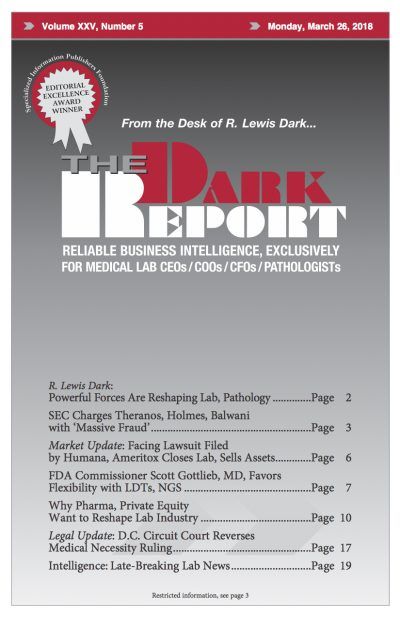CEO SUMMARY: FDA Commissioner Scott Gottlieb said the FDA wants to reduce the regulatory burden on developers of next-generation sequencing (NGS) and laboratory-developed tests (LTDs). He also wants to give the FDA more flexibility in how it conducts clinical analysis and validation. To do so, the agency would work with third parties, such as the …
FDA’s Gottlieb Favors Flexibility with LDTs, NGS Read More »
To access this post, you must purchase The Dark Report.


